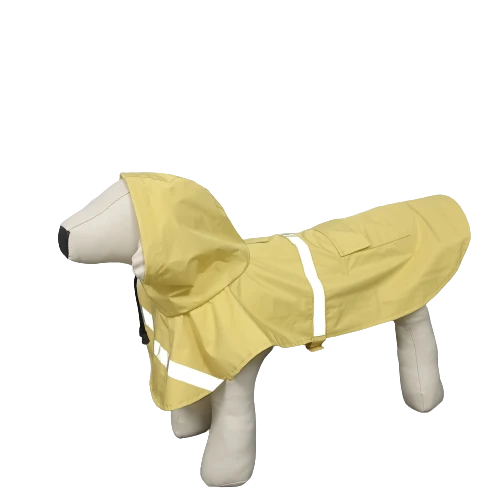 rainwears@163.com may@may-rain.com
rainwears@163.com may@may-rain.com Mon to Friday: 8.00 am - 7.00 pm
Mon to Friday: 8.00 am - 7.00 pm
Versatile Camping Tarps for All Weather Conditions and Outdoor Adventures
The Essential Guide to Camping Tarps A Must-Have for Outdoor Enthusiasts
When it comes to camping, having the right gear can make or break your outdoor experience. Among the essentials, a camping tarp is often overlooked but can prove to be a versatile and invaluable item. Whether you're a seasoned camper or a novice explorer, understanding the various uses and benefits of a camping tarp can enhance your adventures in nature.
What is a Camping Tarp?
A camping tarp is a large sheet of waterproof material, typically made from nylon or polyester, that serves multiple purposes during your outdoor excursions. Its lightweight and compact design make it easy to carry, fitting snugly in your backpack without adding unnecessary bulk.
The Versatility of Tarps
One of the primary advantages of a camping tarp is its versatility
. Here are some common uses1. Rain Shelter The most obvious use of a tarp is as a shelter from rain. When strung between two trees, it can create a makeshift tent that keeps campers dry during downpours. Its waterproof nature ensures that you can enjoy cooking or relaxing under the shelter while the rain pours down.
2. Ground Cover A tarp can also serve as a protective ground cover to keep your tent clean and dry. It can be placed on the ground to prevent moisture from seeping in or to guard against abrasion from rough terrain.
3. Sunshade On hot, sunny days, a tarp can provide shade to keep you cool. Positioning it strategically can help create a comfortable lounging area for you and your friends to relax and enjoy the scenery.
camping tarp

4. Windbreak In exposed areas, wind can be a significant discomfort. A tarp can be set up to act as a windbreak, providing a more sheltered environment for cooking or sitting around the campfire.
5. Storage Area Leaving your gear exposed to the elements can lead to damage. A tarp can provide a temporary cover for your equipment, protecting it from rain, dew, or sun exposure.
Choosing the Right Tarp
When selecting a camping tarp, consider the size, material, and weight. Choose a size that fits your needs—whether it’s for a solo trip or a group camping outing. Lightweight materials are ideal for backpackers, while heavier options may be suited for car camping. Additionally, look for features like grommets or reinforced edges that make it easier to secure the tarp.
Setting Up a Tarp
Setting up a tarp can be done in various configurations, depending on your needs. A simple A-frame setup works well for rain protection, while a diamond configuration maximizes ventilation and reduces wind resistance. Familiarize yourself with these setups prior to your trip to ensure quick and efficient assembly in the field.
Conclusion
In conclusion, a camping tarp is an essential piece of gear that offers reliability and versatility in various situations. By incorporating a tarp into your camping checklist, you can enhance your outdoor experience, ensuring comfort and protection against unpredictable elements. So, before you embark on your next adventure in the great outdoors, don’t forget to pack that invaluable tarp!
-
Silver Printed Women’s Jacket – Stylish, Lightweight & Trendy Outerwear
NewsJul.30,2025
-
Fashionable Design Long Raincoat Rain Poncho Waterproof Polyester
NewsJul.30,2025
-
High Lighting Reflective Rain Jacket Windbreaker Safety Jacket for Adult
NewsJul.29,2025
-
Disposable PE Rain Poncho - Lightweight, Waterproof, Easy to Carry
NewsJul.29,2025
-
Stylish Lady Coat Women Jacket – Trendy & Elegant Outerwear
NewsJul.29,2025
-
Full Printing 100% Waterproof Wearable Striped Polyester Fashion Windproof Raincoat
NewsJul.29,2025































